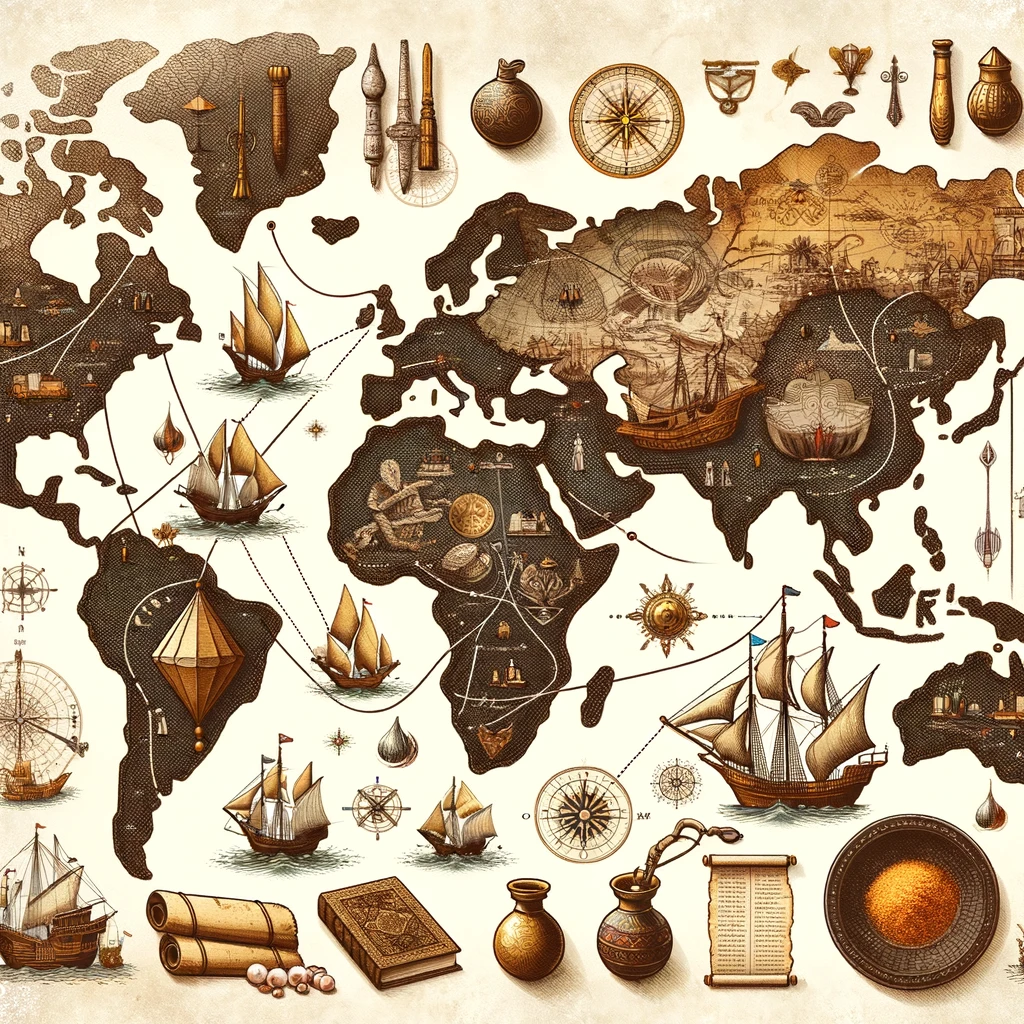The Persian Gulf and the Mediterranean Sea have been interconnected through a web of trade routes and cultural exchanges dating back to antiquity. These storied waters witnessed the rise and fall of empires, serving as conduits for not only goods but also ideas, technology, and customs that shaped civilizations. This article examines the historical ties, trades, and enduring connections between these two pivotal maritime regions.
The historical narrative of the Persian Gulf and the Mediterranean Sea is one of an ancient dialogue written on the waves – a tale of trade, exploration, and cultural exchange that has profoundly influenced the development of societies on both shores. From the spice-laden dhow to the mighty galleon, vessels of all eras have stitched the fabric of an enduring relationship between these waters.

The earliest connections between the Persian Gulf and the Mediterranean were established through the Mesopotamian civilizations and the seafaring Phoenicians, who were among the first to navigate these routes. The Persian Empire later expanded these connections, trading with Mediterranean states such as Greece and Rome.
The commodities exchanged were as diverse as the cultures themselves: spices, silk, textiles, precious metals, and pearls from the East; olive oil, wine, and glassware from the West. These goods were more than merchandise; they were the bearers of culture, art, and knowledge.
Islamic Golden Age and the Mediterranean
The Islamic Golden Age ushered in a new era of prosperity. Arab navigators and merchants utilized the monsoon winds to travel between the Persian Gulf and the Mediterranean, enhancing trade and intellectual exchange, which included the transmission of Arabic numerals, advances in astronomy, and philosophical thought.
The Age of Discovery
European navigational pursuits in the Age of Discovery were largely motivated by the desire to access the riches of the East directly, circumventing the traditional routes through the Persian Gulf. Nevertheless, these pursuits led to an even greater interconnection of the world’s seas, including these two regions.
The Suez Canal: A Modern Link
The construction of the Suez Canal in the 19th century was a pivotal moment, creating the shortest maritime route between the Persian Gulf and the Mediterranean and cementing the importance of the Red Sea as a strategic link in global navigation and trade.
Contemporary Trade Dynamics
Today, the Persian Gulf and the Mediterranean Sea continue to be vital for global trade, with oil and container shipping dominating the sea lanes. The expansion of the Suez Canal and advancements in maritime technology have allowed for an even greater flow of trade between East and West.
The watery bridge between the Persian Gulf and the Mediterranean has for millennia been a corridor of commerce and culture. The historical ties between these regions underscore a legacy of mutual influence and shared prosperity that continues to evolve with the currents of time.
References
- The United Nations Educational, Scientific and Cultural Organization (UNESCO). “The Phoenicians and the Mediterranean.”
- The British Museum. “Trade in the Persian Empire.”
- The Library of Congress. “The Age of Discovery in the Mediterranean.”
- The Suez Canal Authority. “History of the Suez Canal.”
Disclaimer: The historical account presented is a broad overview, and readers are encouraged to consult detailed historical sources for in-depth study.

